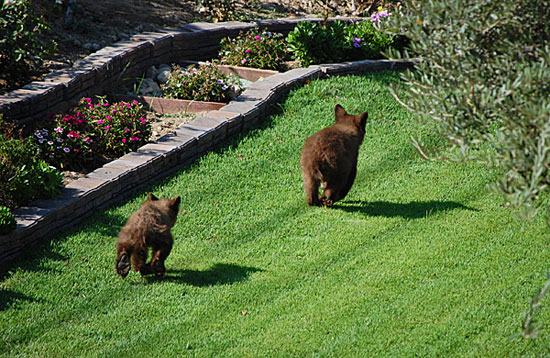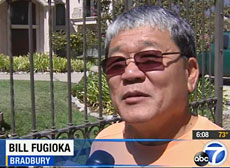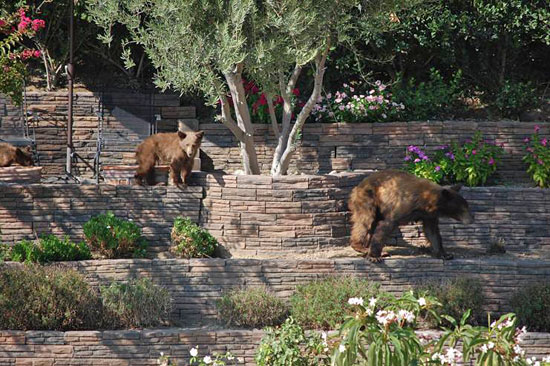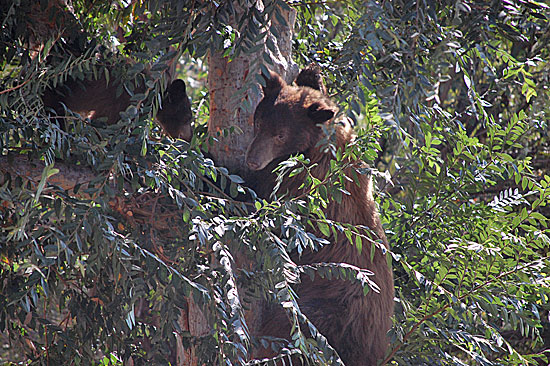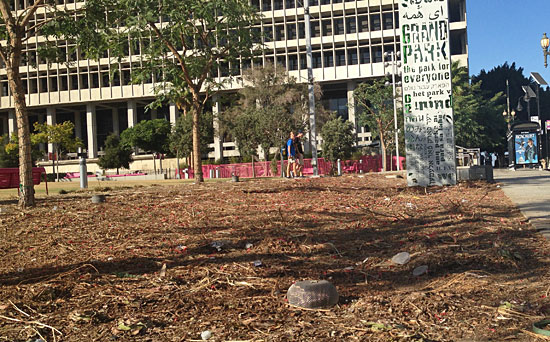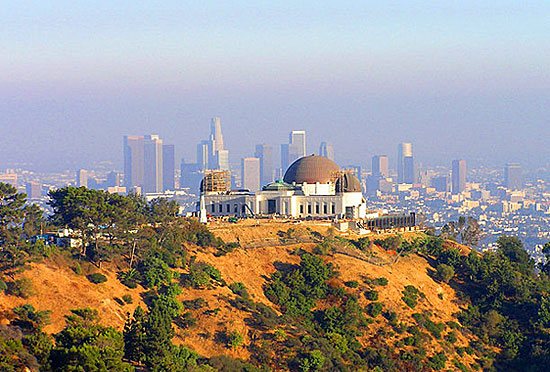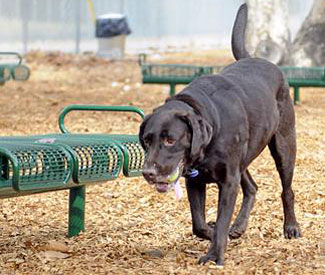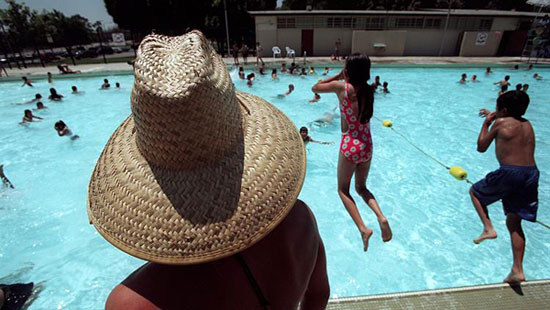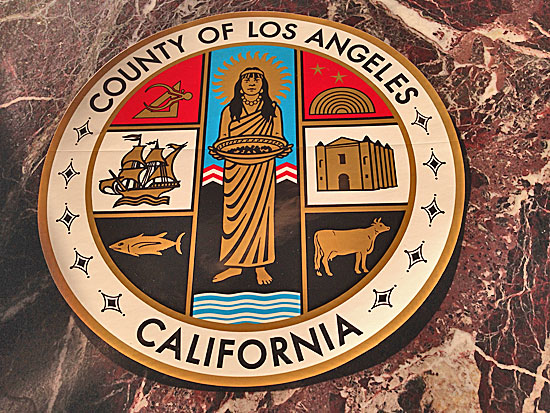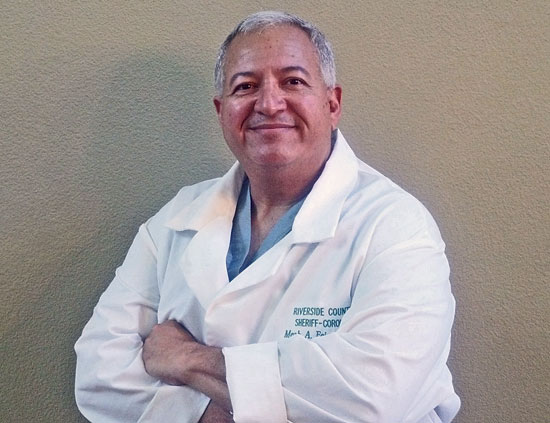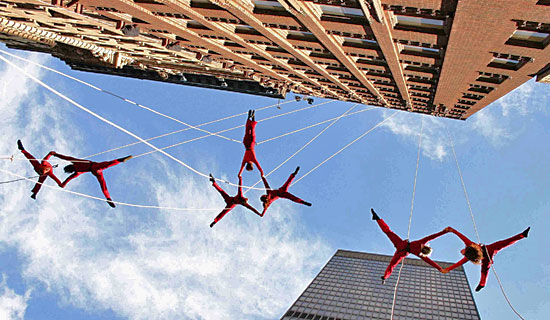Time to grin and bear it for CEO
This is the story of Bill and the three bears.
Last Sunday afternoon, the county’s chief executive officer was pursing his usual weekend pasttime—terracing his sprawling, hilly backyard with bricks—9,000 of them , so far—when his wife bolted out of the house. She announced that three sheriff patrol cars were blocking the driveway and that officials from the state Department of Fish and Wildlife were there, too.
Why the commotion? A mother bear and two cubs had shimmied up an oak tree in front of Fujioka’s house in the tiny city of Bradbury, nestled at the base of the San Gabriel Mountains near Monrovia. They’d been spotted on a busy street in the area and were being guided back towards the mountains by authorities when the parched and hungry animals decided to hole up at Fujioka’s place.
“Holy smokes,” Fujioka exclaimed as he saw for himself what was unfolding out front.
Wildlife officials told Fujioka that because of the severity of the drought, the bears had wandered from the mountains looking for food and water. “It was sad,” Fujioka said. “The mother’s fur looked bad and the cubs looked malnourished.”
At one point, Fujioka said, he started walking towards the tree when the mama bear “started hitting the branches.”
“Back up!” a wildlife official told Fujioka. “She’s warning you. If you keep going, she’ll come down that tree and charge you.”
After more than an hour, the bears did climb down but quickly jumped Fujioka’s fence and high-tailed it into another tree, a birch that was even closer to the house. “From my bedroom window,” the CEO recalled, “I could look at the bear eyeball-to-eyeball.”
By now, the news crews had arrived, hoping for footage of the bears’ descent.
As they waited, a reporter for KABC-TV interviewed Fujioka, who admittedly was “as filthy as could be” from his backyard brick work.
Usually when he makes the news, Fujioka is seen unveiling the county’s budget or taking part in other official business. This time, his name was misspelled as “Fugioka” and there was no mention of his position with the county. He was just another neighborhood man in the news. And that neighborhood is no stranger to attracting media attention for its occasional bear visitors. A few years ago, one made headlines for taking a dip in a resident’s hot tub.
On Sunday, in the end, the bears waited out almost everyone—the deputies, the fish and wildlife people, even the news hounds. Everyone except Fujioka and his wife, Darlene Kuba. After more than two hours in the branches, at about 4 p.m. the trio inched down and literally hit the bricks, ambling across Fujioka’s prized, terraced backyard and then back into the hills—leaving Darlene as the lone chronicler of the moment. Here are some of her pictures of the bears on the lam:

